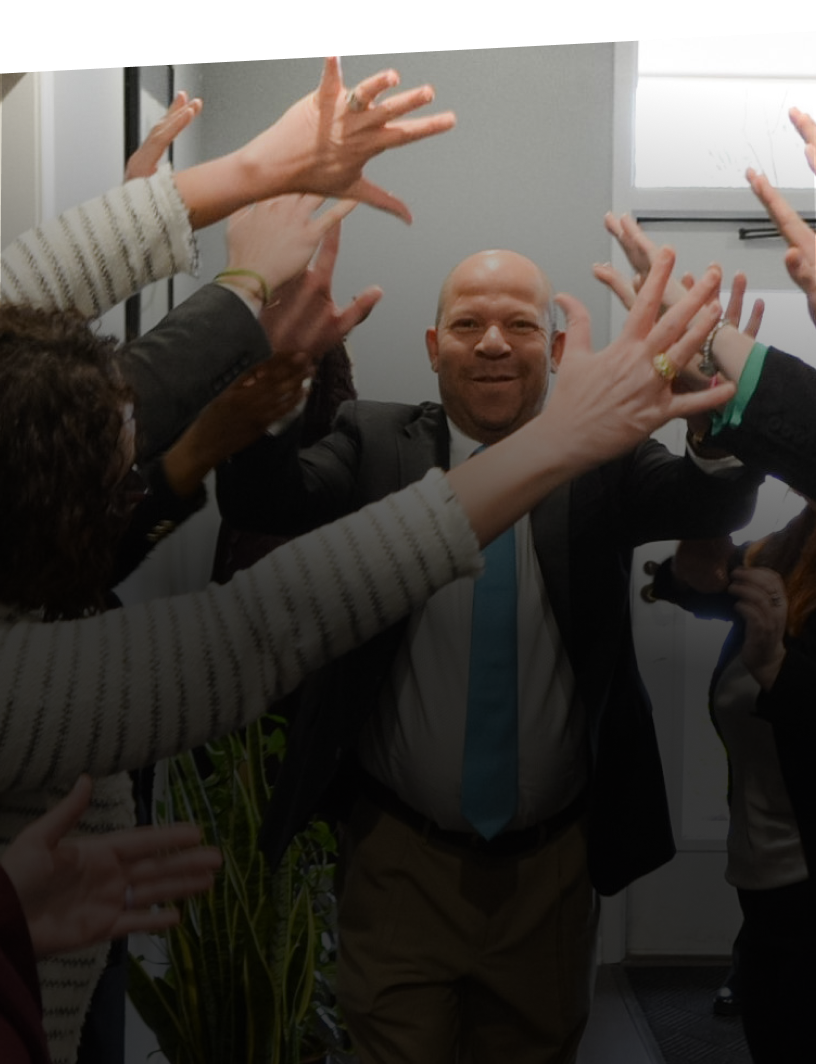
Cases of clergy abuse can have profound and long-lasting impacts on survivors. Victims of clerical abuse may suffer long-lasting, even permanent, physical, emotional, and psychological suffering. If you or a loved one has experienced abuse at the hands of a clergy member, it is critical to seek help and determine what damages your clergy abuse lawsuit is eligible for.
These cases often involve two types of damages: economic and non-economic. In some circumstances where the defendant’s behavior was exceptionally heinous, punitive damages may also be available, but they may come with limitations.
Our firm is led by an attorney who has fiercely advocated for many clergy and Boy Scouts of America abuse victims. Using the extensive knowledge gained in those cases, this article will touch on how damages are configured and what factors contribute to survivors winning the highest possible settlement.
How Are Damages Calculated in a Clergy Abuse Case?
The monetary award the at-fault party owes to the injured party for their harm is referred to as “damages” in the context of personal injury law. A personal injury attorney will total all losses (financial and non-financial) incurred by the plaintiff as a result of their personal injury in order to determine damages.
Damages are calculated depending on a number of case-specific criteria, such as:
- What led to the abuse?
- The responsible party’s actions
- The extent of your wounds
- How it affected both your current and future ability to work
- If you were rendered disabled
- The misery, pain, and psychological damage you experienced
- Whether your case is resolved during negotiations or tried in court
As you can expect, determining the proper value for each of these items is a challenging undertaking that calls for knowledge and expertise. The most knowledgeable, committed, and skilled clergy abuse attorneys are typically those who are successful in assisting their clients in securing just compensation with the help of medical and financial specialists.
It can be difficult to conceptualize the damages that will be awarded in a clergy abuse case. To help you understand what you might be entitled to in your particular case, we’ll go through a few examples of damages in personal injury cases.
If you or someone you know
endured clergy sex abuse,
contact White Law PLLC today.
What Do Economic Damages Consist of in a Clergy Abuse Case?
Economic damages that are collected in a clergy abuse case refer to the actual financial losses a survivor has suffered as a direct result of the abuse. In a case of clerical abuse, examples of economic damages could include:
- Medical costs: If the victim needs therapy or medical care as a result of the abuse, the cost of those costs may be compensated. This may cover the price of prescription drugs, therapy sessions, and any associated medical expenses.
- Lost wages: If the victim was unable to work owing to the emotional effects of the abuse or had to take time off work as a result of the abuse, they may be able to recover those lost wages. This includes any earnings the victim might have made had they not been subjected to abuse.
- Future earning capability: If the abuse affects the survivor’s capacity to generate income in the future, they may be entitled to compensation for their potential loss of future earnings.
These types of damages have no cap on the amount that can be awarded to survivors. While each clergy abuse case varies in detail, BishopAccountability.org reports that the average clergy abuse settlement is usually upwards of $200,0000 for each case. If you wish to know the amount your claim is worth, speaking with a clergy abuse attorney near you is beneficial.
You can contact our clergy sex abuse
lawyers today and rest easier with
experienced attorneys tackling your case.
How are Non-Economic Damages Calculated in a Clergy Abuse Claim?
In a claim for clergy abuse, non-economic damages are intended to make up for the suffering the victim has endured as a result of the abuse. Since these damages are based on the emotional and psychological toll of the abuse rather than financial losses, they are more challenging to quantify.
When determining non-economic damages in a case of clergy abuse, several factors can be taken into consideration.
- The extent of abuse: Abuse severity is determined by a number of factors, including the length of time and frequency of the abuse. Typically, victims of more severe forms of abuse will be awarded higher non-economic damages.
- Emotional suffering: One of the main components used to calculate non-economic damages is the emotional suffering brought on by the abuse. This covers emotional problems like anxiety, depression, Post-traumatic stress disorder (PTSD), and others.
- Physical Pain and Suffering: Victims of physical or sexual abuse may be entitled to non-economic damages for their bodily pain and suffering.
- Loss of Enjoyment of Life: Victims’ survivors may also be entitled to monetary compensation for their diminished quality of life. This may entail a decline in life quality or the inability to partake in activities that one formerly loved.
- Loss of Consortium: The victim may be entitled to compensation for their loss of consortium if the abuse has harmed their relationship with their spouse or other significant other.
There might be a limit on the total non-economic damages that can be granted in particular circumstances. An experienced lawyer can assist survivors in understanding their legal choices and pursuing the recompense they deserve.
Will Wait to Report Abuse Affect My Clergy Abuse Case?
It could be more challenging to prove the veracity of the claim if the abuse is reported after a substantial delay. The defense may claim that the victim came forward for other reasons or that their memory of the incident is inaccurate as a result of the passage of time. States have a statute of limitations deadline that gives victims a certain time frame to file an injury claim.
However, since there has been an explosive increase in clergy abuse claims coming forward, some states are granting a lookback window in which legal action can be taken retroactively.
How Does Limited Evidence Affect My Abuse Claim?
For a survivor to collect compensation, a claim of clerical abuse must be supported by adequate evidence. This may consist of testimony, medical records, and other records.
It could be more challenging to prove liability if there isn’t any proof to back up the claim. If you are struggling to provide evidence for your clergy abuse claim, an attorney can advise you on what to do next.
How Can You Increase the Potential Damages in Your Case of Clergy Abuse?
Don’t be afraid to seek legal assistance if you or someone you know has been the victim of clerical abuse and fight for the justice and financial recompense you are entitled to. Just keep in mind that by holding organizations responsible for their negligence, clergy abuse lawyers can work to stop clerical abuse in the future and safeguard the members of our communities.
You have the right to reach out to
a clergy sex abuse attorney and
discuss your right to legal action.

